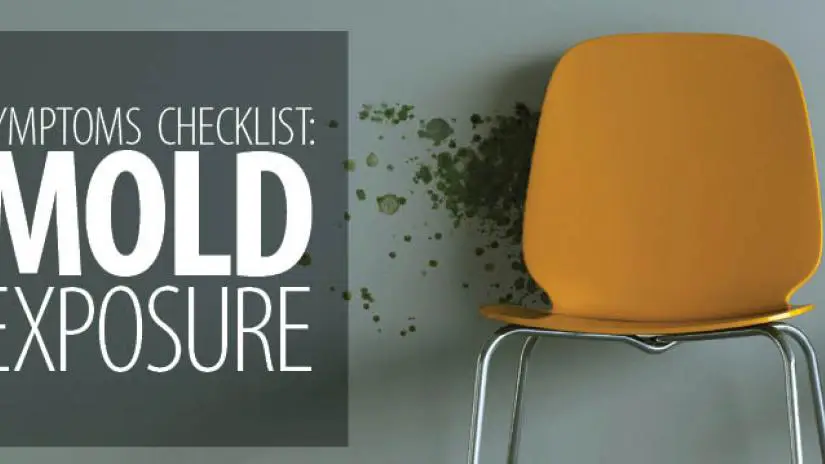
According to Rainbow Restoration, mold exposure can impact your health in various ways.
|
No one wants to think about mold growing in their home, but since the side effects of mold exposure can be serious, it’s something you can’t ignore. Symptoms are wide ranging, and since mold often grows out of sight, it can be difficult to pinpoint mold as the cause. Check out this symptoms checklist to see if you might have mold growing in your home.
Disclosure: The symptoms listed here are for general informative purposes only. Speak with your doctor for specific medical advice relating to any unexplained symptoms you have.
Symptoms of Mold Exposure
The most common signs of mold exposure are mild. If anyone living in your home has a compromised immune system, they are more likely to experience increasingly serious symptoms. More severe side effects are also more likely to occur with prolonged exposure to higher concentrations of mold.
Here are some of the health problems linked with mold exposure:
- Allergy symptoms: One of the most common ways your body reacts to mold is to release histamines to try and get it out of your system. This causes you to develop a runny or stuffy nose, sore throat, coughing, sneezing, and fever. It can be difficult to tell whether these symptoms stem from pollen, pet dander or other common allergens or if mold is to blame. If your symptoms spike at home and dissipate when you travel to other places, that’s one clue you could have an untreated mold problem.
- Increased asthma attacks: If you already have asthma, the presence of mold in your home could trigger more attacks. If you have children living with you, exposure to mold at a young age could cause them to develop asthma, especially if they were already genetically predisposed to develop the condition.
- Respiratory illnesses and infections: Mold contains mycotoxins, which get into the air and enter your respiratory system when you breathe. This can cause respiratory problems, from a simple stuffy nose to more serious difficulty breathing and chest tightness to potentially fatal pulmonary hemorrhaging (bleeding in the lungs). People with compromised immune systems or chronic lung disease are also at an increased risk of fungal infections in the lungs and hypersensitivity pneumonitis, an immune-mediated condition that causes the lungs to become inflamed.
- Digestive problems: High concentrations of mold in the air can affect your body’s ability to remove waste and toxins. This can cause diarrhea, vomiting, gastroesophageal reflux disease (GERD) and even internal bleeding. The liver can also begin to suffer as it works overtime trying to remove mycotoxins from your body.
- Skin problems: Coming in direct contact with mold can cause rashes, dermatitis or a fungal infection of the scalp, which leads to hair loss.
- Mental side effects: Adults may experience alarming memory loss when exposed to chronically high mold concentrations. Children can also develop learning disabilities. These scary mental effects are possible because, since olfactory neurons and the optic nerve are tired directly to your brain, mycotoxins can cross directly from your nose and eyes into your brain.
- Reproductive complications: One especially surprising effect of mold exposure is that it can make reproduction more difficult. The presence of mycotoxins in your body throws off your hormonal balance, making it harder for a woman to conceive a child and carry a healthy baby to term.
- Life-threatening diseases: In extreme cases, mold exposure can cause you to develop an autoimmune disease, such as multiple sclerosis, fibromyalgia or lupus. Such diseases could affect you for the rest of your life and even be fatal in the end. There’s also a link between exposure to some types of mold and increased cancer risk.
While the more serious symptoms on this checklist are rare, it’s obviously important not to ignore mystery symptoms if there’s any chance at all that mold is the cause.
Is mold making you and your family sick? Stop living with uncertainty and fear. Contact Rainbow Restoration ® today for a mold remediation consultation and mold removal estimate.
For Further Reading:
Where Is Mold Hiding in Your Home?
Is Mold Causing Hidden Health Problems in Your Home?
How to Prevent Mold in the Most Likely Places
Types of Mold You Need to Know About
